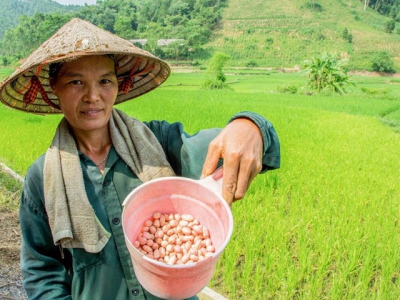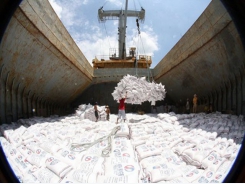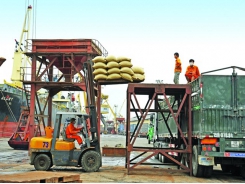Vietnamese farmers: Opportunities and challenges in global integration

In recent years, Vietnam has signed several important trade agreements with major economic partners, notably the Comprehensive and Progressive Agreement for Trans-Pacific Partnership (CPTPP) and the EU-Vietnam Free Trade Agreement (EVFTA). The agreements have created bot great opportunities and challenges for Vietnam’s agriculture and farmers.
Statistics show that Vietnam earned more than 26 billion USD from agricultural exports between January and August this year, 1.6% higher than last year. Some export items have reached 1 billion USD in revenue making Vietnam one of the top 15 global exporters of farm produce.
The import of agricultural products has also increased significantly over time, an inevitable consequence of global integration. According to Belgapom, the association for Belgian potato trade and processing industry, Vietnam's consumption of Belgian potatoes has increased from more than 380 tons in 2010 to more than 2,800 tons last year. In the first half of this year alone Vietnam imported more than 3,500 tons.
Vietnam’s import of agricultural products from the US has increased by 70%, reaching 116 million USD in the first half of this year.
At the 4th National Farmers’ Forum last month, participants agreed that on top of "golden opportunities", trade agreements have also brought Vietnamese farmers major challenges, requiring Vietnamese farmers to update farming practices, strengthen technological application, promote large commodity production, and improve product quality to meet the requirements of consumers and export markets.
According to agriculture experts, farm produce is likely to suffer adverse effects most when new-generation FTAs take effect because of Vietnam’s small scale agricultural production and outdated technology. Figures show that a majority of Vietnamese farmers have between 0.3 hectares and 0.5 hectares of farming land. More policies are needed to promote connectivity in agricultural production and bring millions of farming households into a large-scale production chain.
Có thể bạn quan tâm
Phần mềm

Phối trộn thức ăn chăn nuôi

Pha dung dịch thủy canh

Định mức cho tôm ăn

Phối trộn phân bón NPK

Xác định tỷ lệ tôm sống

Chuyển đổi đơn vị phân bón

Xác định công suất sục khí

Chuyển đổi đơn vị tôm

Tính diện tích nhà kính

Tính thể tích ao hồ



 Cao Phong district goes vibrant with orange festival
Cao Phong district goes vibrant with orange festival  New market opportunities open up for Vietnam’s rice…
New market opportunities open up for Vietnam’s rice…